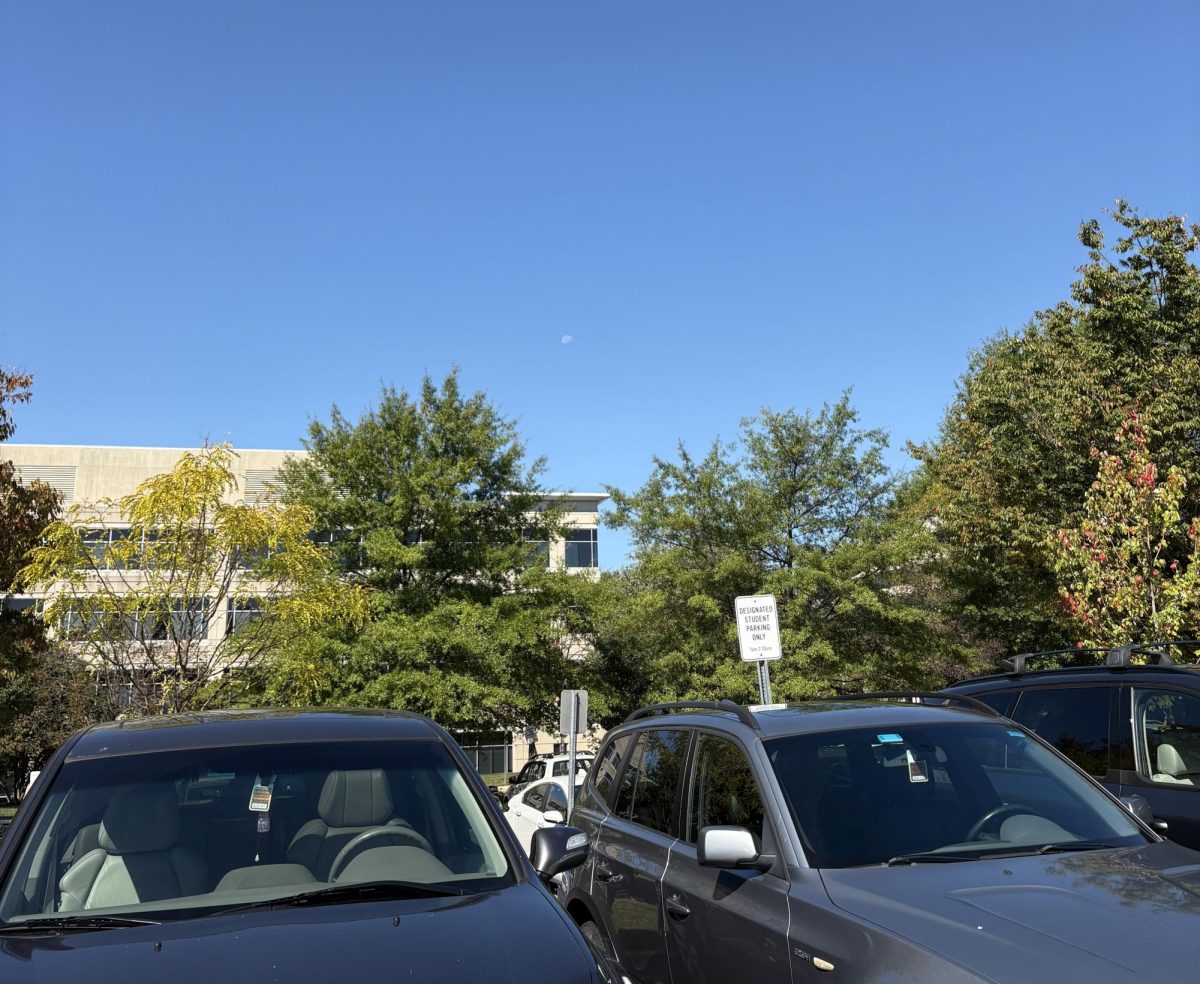In late October of 2016, the Supreme Court finally agreed to review a case on the right of transgender students to use the communal restroom of their gender identity.
Transgender people have been fighting for equality for much of American history, but the transgender rights movement has only recently become well-known. Recent events like Caitlyn Jenner’s transition and the discriminatory HB2 “bathroom bill” in North Carolina have brought the movement to the forefront of public attention.
One of the most debated issues is whether or not trans people, especially trans students, should be allowed to use the correct restroom or locker room for their gender. Many schools across the country are prohibiting trans students from using the restroom of their gender,and are either forcing the students to use a segregated private restroom or making them use the restroom of their assigned sex.
The idea that trans people should be allowed to use the restroom that matches their gender should not be up for question. Studies show that it does not increase the risk of sexual or physical violence; in fact, trans people are more at risk of being attacked or harassed in the bathroom of their assigned sex. This policy does not “let boys into the girls’ facilities”. Trans girls are girls, and trans boys are boys, and they should all be allowed to use the correct restrooms. Forcing them to use wrong or segregated restrooms can negatively impact their mental health and can subject them to bullying or violence from peers.
This struggle for the basic right to access public accommodations without emotional injury has sparked passionate debate, but all that has a chance of coming to an end. The Supreme Court is going to judge a case of a trans student, Gavin Grimm, who was forced by a Virginia school to use an “alternative private” restroom. If the Court rules that this requirement is indeed unconstitutional, this could vastly reduce transphobic discrimination throughout the country. Bills like HB2 in North Carolina could be seen as violating the same rules and be knocked down easily. While it wouldn’t be the end of transphobia, it would be a huge step forward on the path to equality: a ruling that public accommodations need to be accessible to trans people would lay the groundwork for more rulings that prevent discrimination on the basis of gender alignment.
That’s all if the Supreme Court does rule that transphobic bathroom discrimination in schools is unconstitutional.
A few weeks ago, this result seemed inevitable to me. Just the fact that the Supreme Court would hear the case seemed to mean the ruling had already been decided. I assumed this would be obvious, and there was no chance of an alternate ruling.
Now that Trump won the presidency, these chances are very different. A conservative justice replacing Scalia could mean the Supreme Court will tilt right, and it could rule that this discrimination is constitutional. This would be disastrous for trans rights. It would set the movement back years. We can’t let this happen. Of course, this all depends on who Trump nominates for the position and whether the Senate confirms a transphobic justice who will rule against equality.
The Supreme Court is expected to hear the case sometime in 2017.









